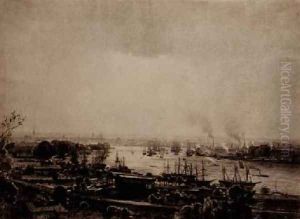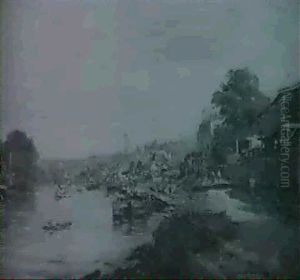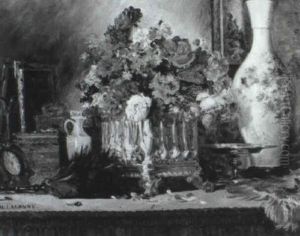Maxime Lalanne Paintings
Maxime Lalanne, born on November 27, 1827, in Bordeaux, France, was a distinguished 19th-century French artist known for his etchings and landscape paintings. His artistic journey began under the tutelage of local painters in Bordeaux, where he initially cultivated his skills in painting. However, Lalanne's artistic direction took a significant turn when he discovered the medium of etching, which eventually became the primary focus of his career.
Lalanne was deeply influenced by the Barbizon school, a movement that emphasized the beauty and simplicity of nature, and by the works of the 17th-century Dutch masters. These influences are evident in the detailed and atmospheric landscapes that characterize his etchings. Lalanne's mastery in capturing the essence of the French countryside, urban vistas of Paris, and scenes from his travels abroad won him critical acclaim.
In 1862, Lalanne published a seminal work, 'A Treatise on Etching,' which laid out his technical and artistic insights on the etching process. This book played a crucial role in revitalizing etching as an art form in France and beyond, influencing a generation of artists. Lalanne's advocacy for etching as a legitimate and expressive medium contributed significantly to the etching revival movement of the late 19th century.
Throughout his career, Lalanne exhibited his works at the Paris Salon and was awarded several medals for his contributions to art. His etchings were highly sought after by collectors and art enthusiasts of his time. Beyond his achievements in etching, Lalanne also engaged in watercolor painting and illustration, demonstrating his versatility as an artist.
Maxime Lalanne passed away on July 29, 1886, in Nogent-sur-Marne, France. Today, his works are preserved in major museums and collections worldwide, standing as a testament to his skill and dedication to the art of etching. Lalanne's legacy endures through his contributions to the medium and his influence on subsequent generations of artists.
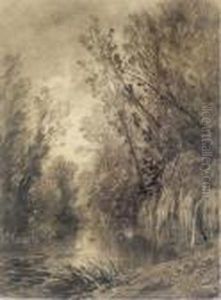
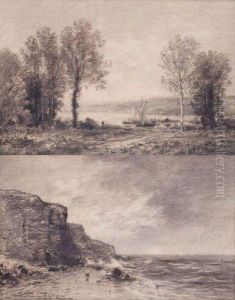
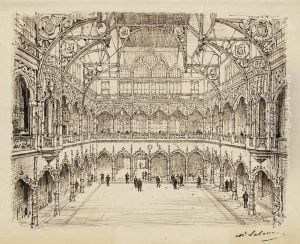
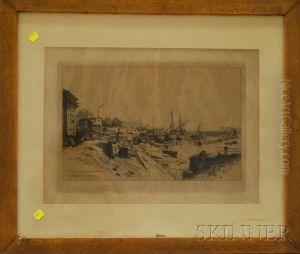
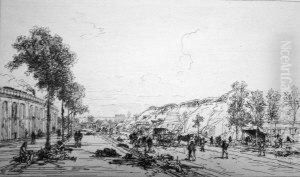
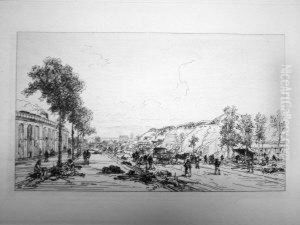
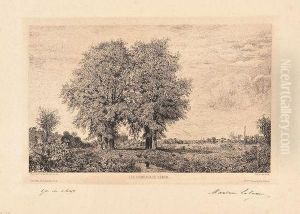
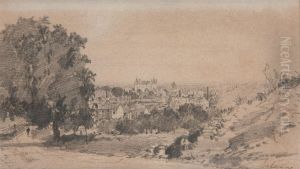
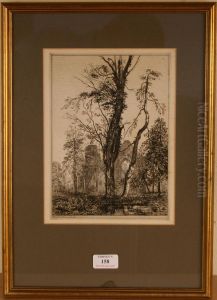
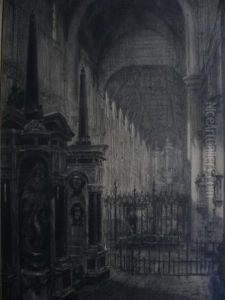
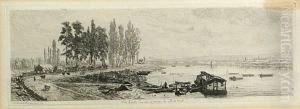
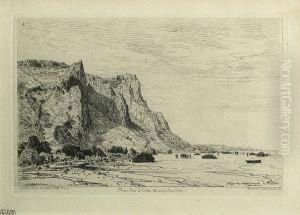
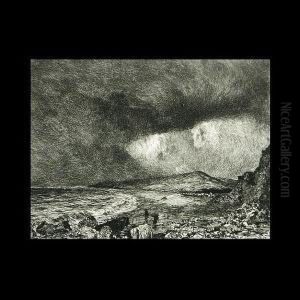
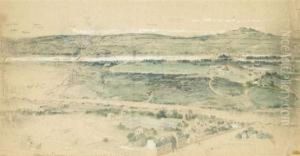
![[demolitions A Paris, Bords De Seine]](https://www.niceartgallery.com/imgs/1427733/s/maxime-lalanne-demolitions-a-paris-bords-de-seine-3b68ec99.jpg)
